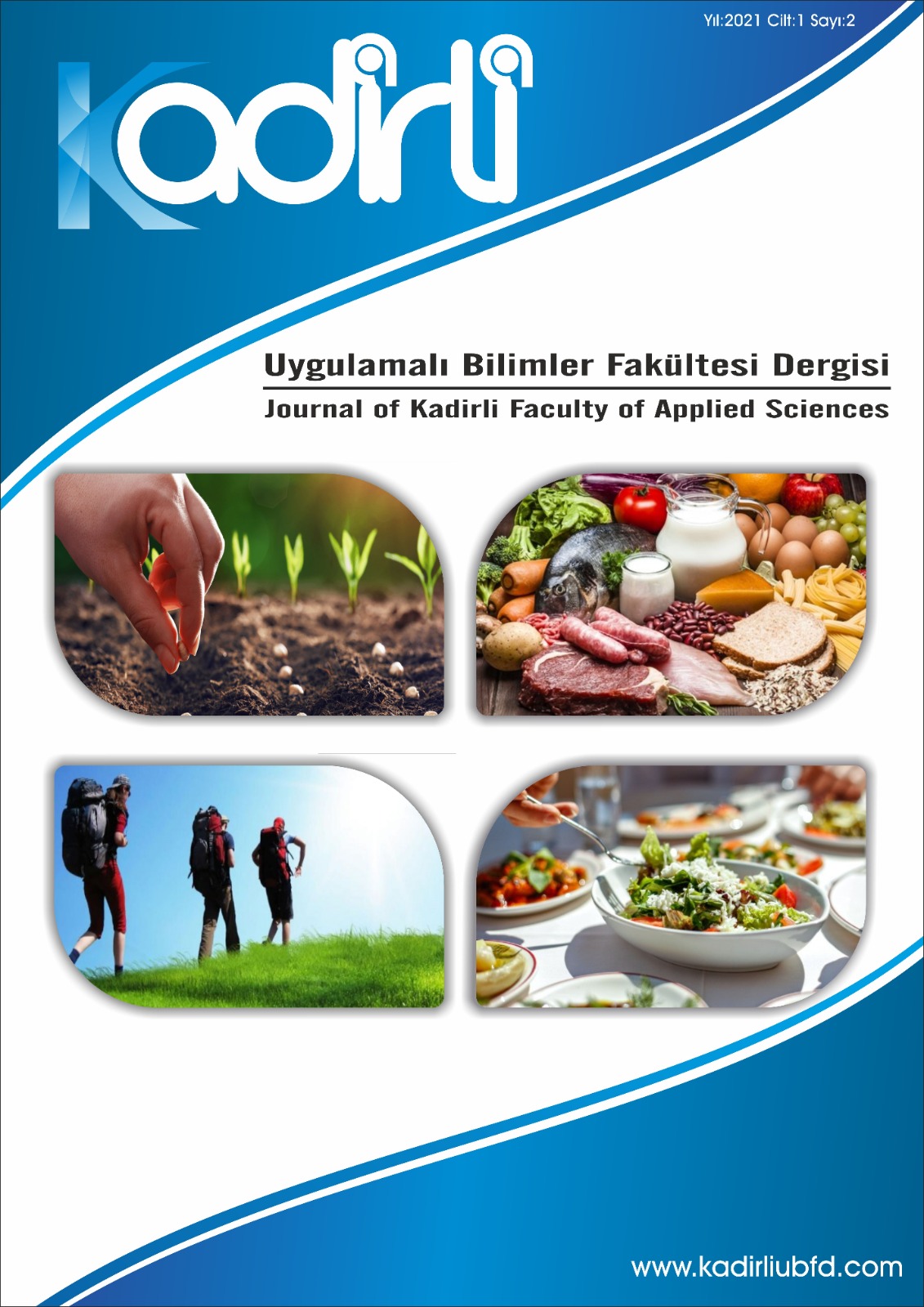The Role and Importance of Tannins in Mitigation Strategies of Enteric Methane Emission in Ruminants
Keywords:
Enteric methane release, Ruminant, Greenhouse gas, TanninAbstract
For ruminants, methane production is a normal and important process. The average Daily production of methane due to dry matter intake of ration is 250-500 L/day and 20-55 L/day for adult cattle and for sheep, respectively. The energy equivalent of this released gas is 3500-4000 kcal on average. It is very difficult to create a suitable environment to reduce methane production. Various inhibition techniques have been used to reduce enteric CH4 production. However, some have deleterious effects, on ruminant microbiology and fermentation, especially in high concentrations. In recent years, consumers have demanded the use of natural products such as phytochemical stochange the rumen ecosystem. The use of tannins in animal nutrition has been dealt with in vitro and in vivo studies in recent years. In a study, it was stated that CH4 produced by enteric fermentation from animals constitutes approximately 25% of global anthropogenic CH4 emissions and this rate increases by approximately 50% in rural areas. In vitro studies have also been proven that condensed tannins and saponins have the ability to reduce enteric CH4 emissions. In this review, it is aimed to reveal the importance and effectiveness of tannen in the strategies of reducing enteric methane emission of ruminants.
Downloads
Published
How to Cite
Issue
Section
License
Copyright (c) 2021 Kadirli Uygulamalı Bilimler Fakültesi Dergisi

This work is licensed under a Creative Commons Attribution-NonCommercial-ShareAlike 4.0 International License.





